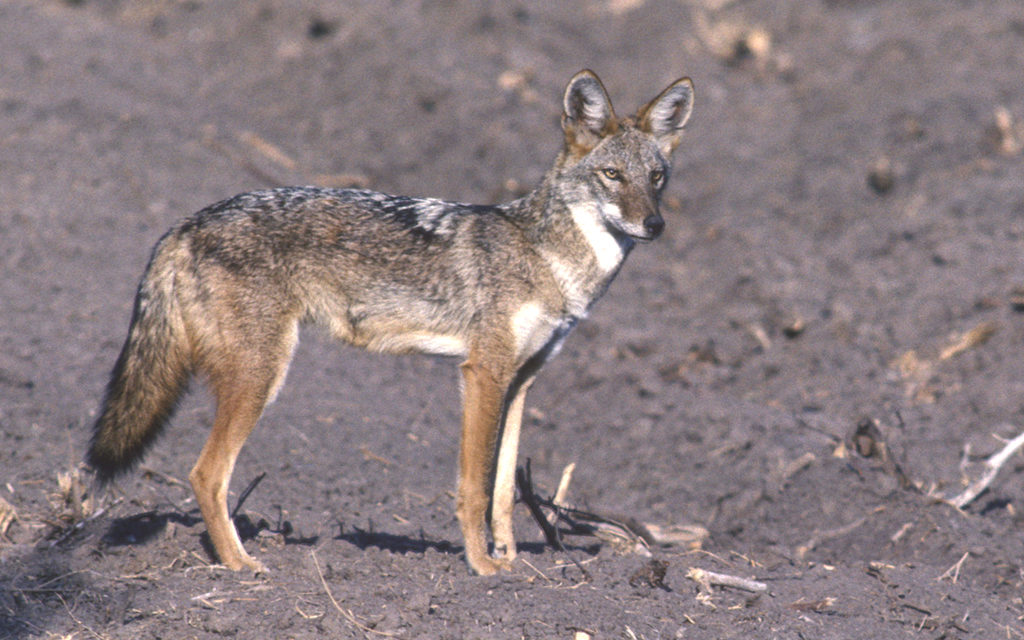By John Jefferson
It isn’t spring, but some of it will feel like it.
I’m not saying we won’t have any more brass-monkey weather – I expect we will have some – but this is at least the beginning of the end of Klondike in Killeen, Katy, and Karnes City. At least, I hope so.
We had clear skies and sunshine last weekend, and cabin fever-suffering fishermen finally headed to the waters. I resembled that.
Deer seasons are over, except for one more weekend of the antlerless season in South Texas, and the seasons on ranches with managed lands deer permits. Duck seasons ended Jan. 28 and goose season in the East Zone did, too. Light and dark geese season in the West Zone ends Feb. 4. Quail season ends Feb. 25.
There was a time in life when deer season ended that a lot of hunters – me, included – went into a form of withdrawal, or separation anxiety. It was a downer. Two events help me recover.
In the early ‘70s, Texas established its first spring turkey season. It took time to catch on, but when it did, it gave us something to look forward to. That will be covered in subsequent columns as the season approaches in March.
The other event was when I fell in with some guys from work that hunted varmints. I’m not talking about criminals that bounty hunters try to capture for monetary rewards; I’m talking about the sly little non-game or fur-bearing critters that raid hen houses and deer feeders, or in the case of coyotes, prey upon fawns, kitty cats, and small, wannabee-pet dogs.
Before anybody takes up arms in subdivisions against marauding coyotes, please be advised that it’s against the law in most places to discharge firearms within city limits or across public roads.
But other than that, varmints like coyotes, foxes, bobcats, raccoons, and possums may be legally hunted year ‘round, day or night – even with a light, and an electric call. Hunting licenses and landowner permission are required, though. That opens up an entire new world of adventure for hunters. Many hunt in early morning, some in the evening. A rare breed hunts at night in a challenging world of darkness and mystery.
Personally, I am intrigued by any sport that involves calling a wild animal in close enough for a shot with a gun, bow or camera. That requires skill, stealth, and a call that can produce animal sounds. Most use small-bore, flat-shooting rifles — .223 caliber or larger. If you can’t sit still in the brush, this may not be the sport for you.
The first calls I used were mouth-blown calls made by two Texas companies –Burnham Brothers Game Calls or Johnny Stewart Calls. I knew and respected Johnny Stewart and the Burnhams, Murry and Winston. Second generation owners, Gerald Stewart and Gary Roberson are also good friends. Both companies now market more effective battery-operated calls.
So, go call ‘em up! It’s the best anti-withdrawal medicine … though possibly habit-forming!
JJ
Photo cutline:
THIS COYOTE CAME TO A WOUNDED RABBIT CALL. Fatal mistake! Coyotes often carry rabies. Do not handle with un-gloved hands, and then only with extreme caution. Photo by John Jefferson.





